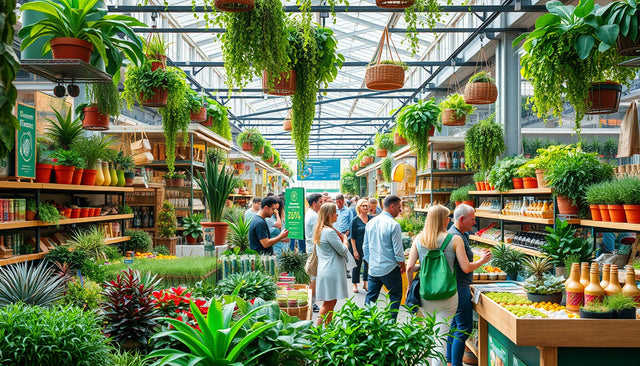How Cisco Harnesses Circular Design for Sustainable Products
Achieving 100% Circular Design Integration by 2025
Cisco now applies circular design across all new products and packaging for the fiscal 2025 cycle, and it does so with clear, close links between each design idea and its result. This new approach earned Cisco the 2025 Reuters Global Sustainability Award for Circularity. Mary de Wysocki, Cisco’s Chief Sustainability Officer, has led these efforts for six years, ensuring that every design choice connects tightly to the goal of reducing waste and extending material use.
What Is Circularity?
Circularity replaces the old “take-make-dispose” route by linking reuse, repair, refurbishment, and recycling into one connected loop. This loop extends product life, cuts waste and resource use, and boosts efficiency and security for users. Mary de Wysocki explains,
"We are not only reducing waste; we are extending product life, improving efficiency and security, and creating meaningful progress for our customers and communities."
Each word in her statement builds a close dependency with the next, so that every idea supports the next seamlessly.
Governance and Evaluation to Ensure Accountability
Cisco uses a web-based Circular Design Evaluation Tool that tests each new product and package with 25 clear Circular Design Principles. To pass, each product must score at least 75%, and this score ties directly to its readiness for release. The company has formed steering and audit committees that work side by side, so that governance and accountability link every decision to the sustainability goal.
Material and Cost Savings: Practical Outcomes
Cisco’s circular design work shows measurable savings. For example, the Webex Room Bar now drops foam packaging in favor of using 55% recycled plastic, and this change saves over 14,515 kg of material every year. In the Catalyst 9000 line, removing oil-based paint has saved US$9 million between 2020 and 2025, while also cutting 318 metric tonnes of volatile organic compounds and 3,400 metric tonnes of CO2 equivalent emissions. In each case, the material and cost savings depend directly on each refined design choice.
Data Infrastructure to Monitor Progress
Cisco built a Sustainability Data Foundation that collects and governs all data related to their circular economy practices. The platform links raw data with carbon footprint analysis and efficiency improvements, and it feeds transparently into the Cisco Purpose Reporting Hub, which produces an annual Purpose Report. Here, every piece of data is kept close to the decision it supports, making the entire process clear and connected.
Future Focus and Industry Leadership
As digital infrastructure grows with AI and new technologies, Cisco refines its circular design strategies to make raw material use even more efficient. The company sees this milestone as a beginning and not an endpoint. Engineers, marketers, and supply chain partners now gather at regular teardown events, tightly linking ideas in hardware design, packaging materials, sourcing, and repairability. Mary de Wysocki asserts,
"Circular design makes good business sense and helps us deliver even greater value to our customers, partners, and suppliers."
Here, each claim and every improvement is closely connected, making the overall strategy stronger and clearer.
Summary
Cisco’s approach to circular design connects every step of product development to sustainability goals. Clear evaluation tools, strict governance, and close collaboration mean that waste is reduced, resources are conserved, and costs and emissions drop. This tightly linked strategy also boosts product lifecycles and customer value, and it sets a strong, sustainable example for tech manufacturing.
For more insights on sustainable manufacturing and circular economy best practices, visit Manufacturing Digital.
Design Delight Studio curates high-impact, authoritative insights into sustainable and organic product trends, helping conscious consumers and innovative brands stay ahead in a fast-evolving green economy.






















0 comentarios